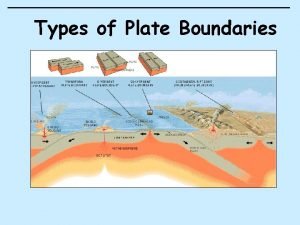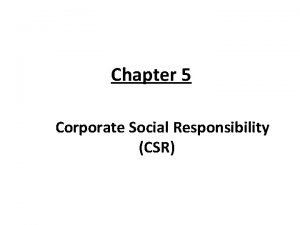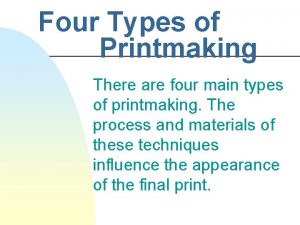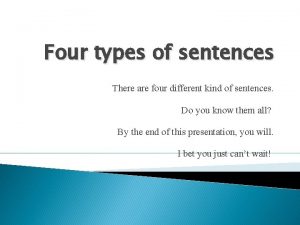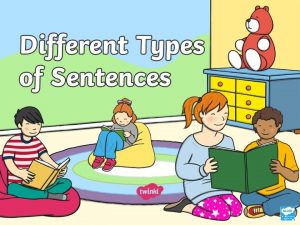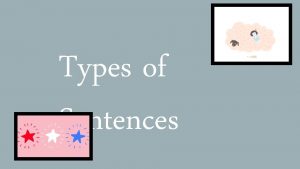Writing PART 2 Four Types of Writing There







- Slides: 7

Writing PART 2

Four Types of Writing There are four main types of writing: expository, persuasive, narrative, and descriptive. • Expository – Writing in which author’s purpose is to inform or explain the subject to the reader. • Persuasive – Writing that states the opinion of the writer and attempts to influence the reader. • Narrative – Writing in which the author tells a story. The story could be fact or fiction. • Descriptive – A type of expository writing that uses the five senses to paint a picture for the reader. This writing incorporates imagery and specific details.

Can You Figure it Out? • Identify which type of writing is being described. • _______ A story about the time you got lost at Disneyland • _______ A web page telling how to create a web page • _______ The Harry Potter books • _______ A letter to the governor explaining why the tax increase is a bad idea • _______ Writing in which you record details of a trip taken • _______ An essay discussing a theme from Romeo and Juliet

• _______ An article attempting to convince readers to boycott a store chain • _______ A poem about the sights and sounds of rainfall • _______ A paper about the horrible treatment of the people in Darfur • _______ The cover story in the morning newspaper • _______ A brochure advertising a luxury hotel and resort • _______ A paper discussing the after effects of a war

Editing and Proofreading Once you’ve planned your writing you come to the next stage - writing a draft. There are many benefits to writing a draft. It helps you to: • Think about the content and what you want to say, rather than the punctuation, spelling or grammar. • Check that your ideas are in the right order. Do you need to move any ideas around? Have you included everything you want to say? • Look at the layout of your writing. Do you need headings? If you’re writing a letter, do you have the address in the correct place?

Editing and Proofreading Once you’ve written a draft you can then go back and make changes to your writing. Using a computer can be very helpful when you want to make changes to your text. You can move your writing around using the copy, cut and paste functions to save writing your text out again in full. How many drafts should I write? • You can write as many drafts as you like. The number of drafts you write will depend on the purpose of your writing and who you’re writing to. Who can help? • It may be helpful to ask other people to look over your writing draft. You could ask them to comment on what they like about your writing as well as what might improve it. You could ask them to say if there’s anything that they don’t understand or that isn’t clear. Their comments may help you think about your writing from the reader’s perspective and think about changes you may want to make.

Editing and Proofreading What is proofreading? • When you’re happy with your text, you need to proofread it. To do this it’s best to read through your writing once to check for grammar mistakes, then read it again to check the spelling and a third time to check the punctuation.

